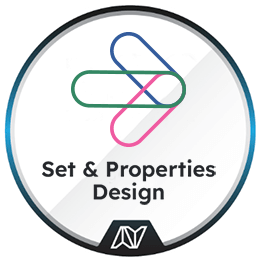
minutes average completion time
Set & Properties Design
Welcome to this microcourse on Set & Properties Design. From set design and creating physical environments, this course will introduce you to a comprehensive understanding of this crucial role in the theatre industry.
Welcome to the World of Set & Properties Design
In this microcourse, you’ll gain a comprehensive understanding of this crucial role in the theatre industry.
What is it?
Set and properties design is a crucial aspect of theatre production, responsible for creating the visual world of the play. It involves designing the physical environment and objects that the actors interact with. The goal is to enhance the storytelling, create a sense of place and time, and support the actors’ performances
Let’s dive deeper into the responsibilities of a theatre design team.
Set design focuses on the overall environment, including structures, scenery, and large objects, while properties (or props) refer to the smaller, movable items that actors interact with or that dress the set.
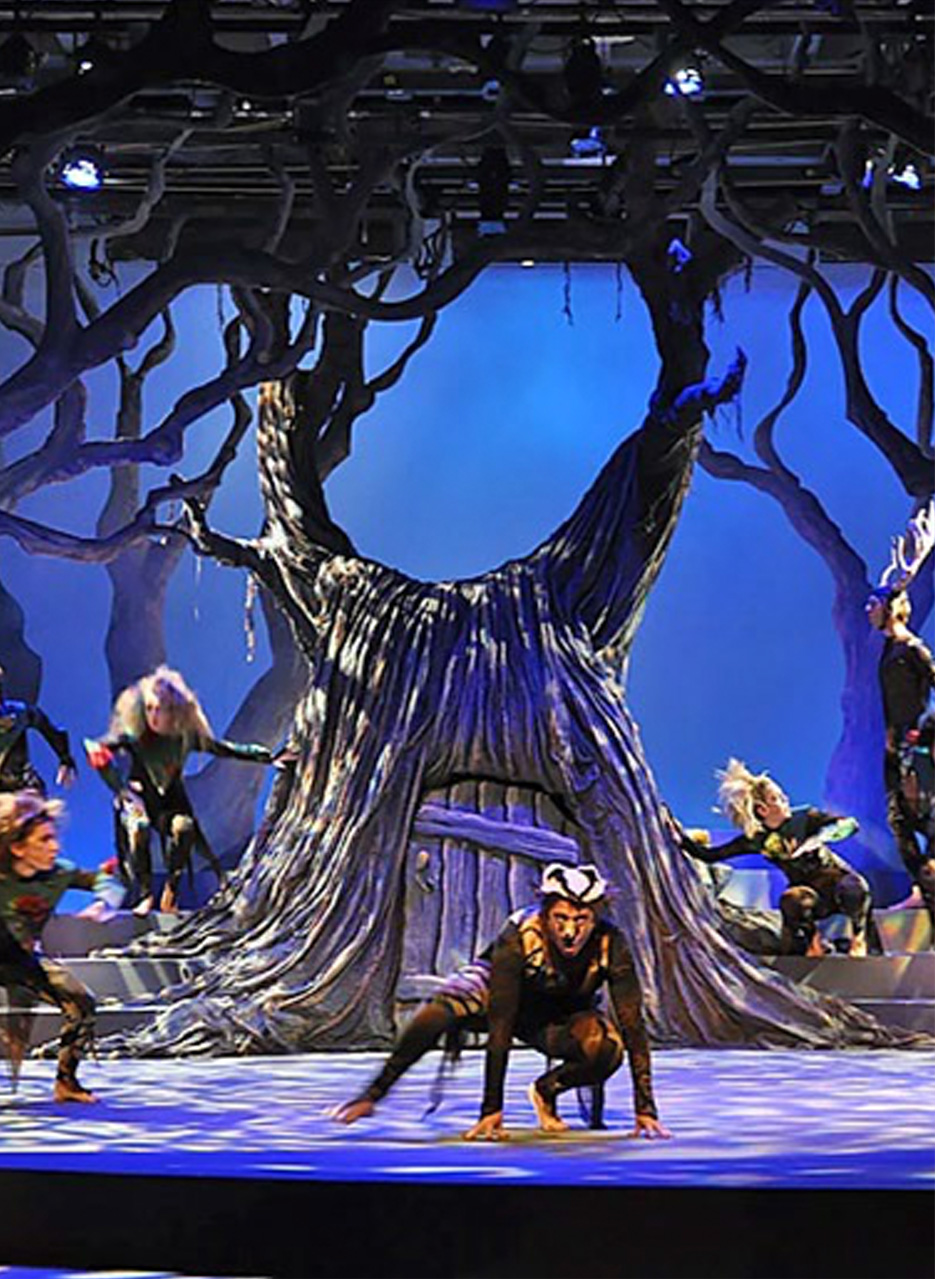
Key Elements of Set Design
Set design in theatre involves several key elements that work together to create a believable and engaging stage environment, including:
- Overall look of the stage
This encompasses the entire visual aesthetic, including the arrangement of set pieces, the colour palette, and the use of space. - Sets
These are the designed elements of the stage, such as walls, platforms, and backdrops, that define the location and environment of the play. - Props
Short for properties, these are the objects used by the actors on stage, including hand props (e.g., books, weapons) and set props (e.g., furniture). - Furniture
This includes all the movable items on stage that actors use, like chairs, tables, and beds. It contributes to the realism and functionality of the set.
Together, these elements form the foundation of effective set design, helping to transport audiences into the world of the play and support the storytelling in powerful, visual ways.
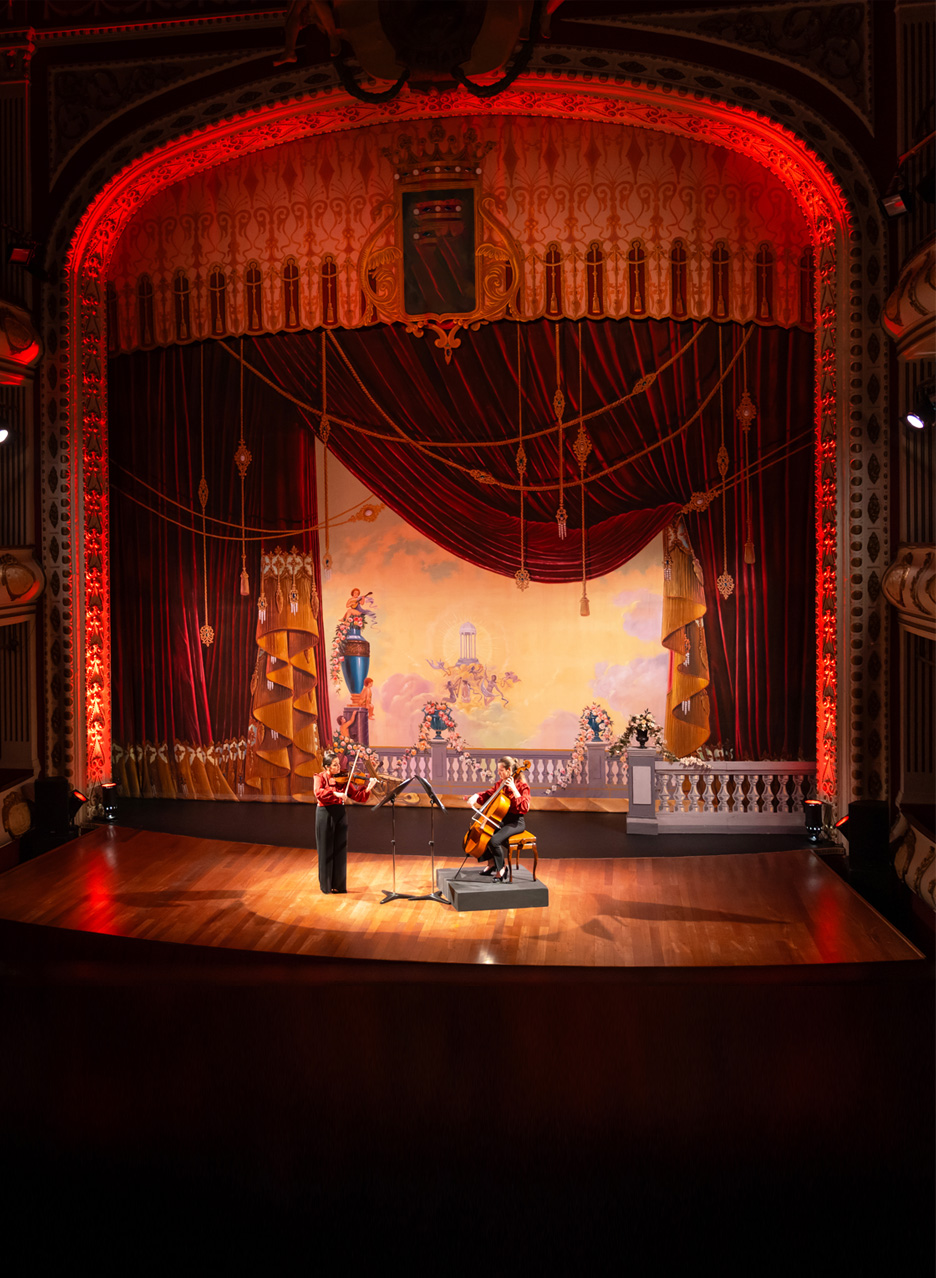
The Role of the Scenic Designer
The scenic designer is responsible for creating the overall look of the stage, including sets, props, and furniture. They work closely with the director to bring the play’s vision to life.
Their responsibilities include:
- Conceptualising the design based on the script and the director’s interpretation.
- Creating sketches, models, and technical drawings of the set.
- Selecting materials and construction methods (in collaboration with the technical director).
- Collaborating with other designers (lighting, costume) to ensure a cohesive visual design.
- Overseeing the installation of the set.
The scenic designer turns ideas into immersive environments that support the story, enhance the mood, and enrich the audience’s experience.
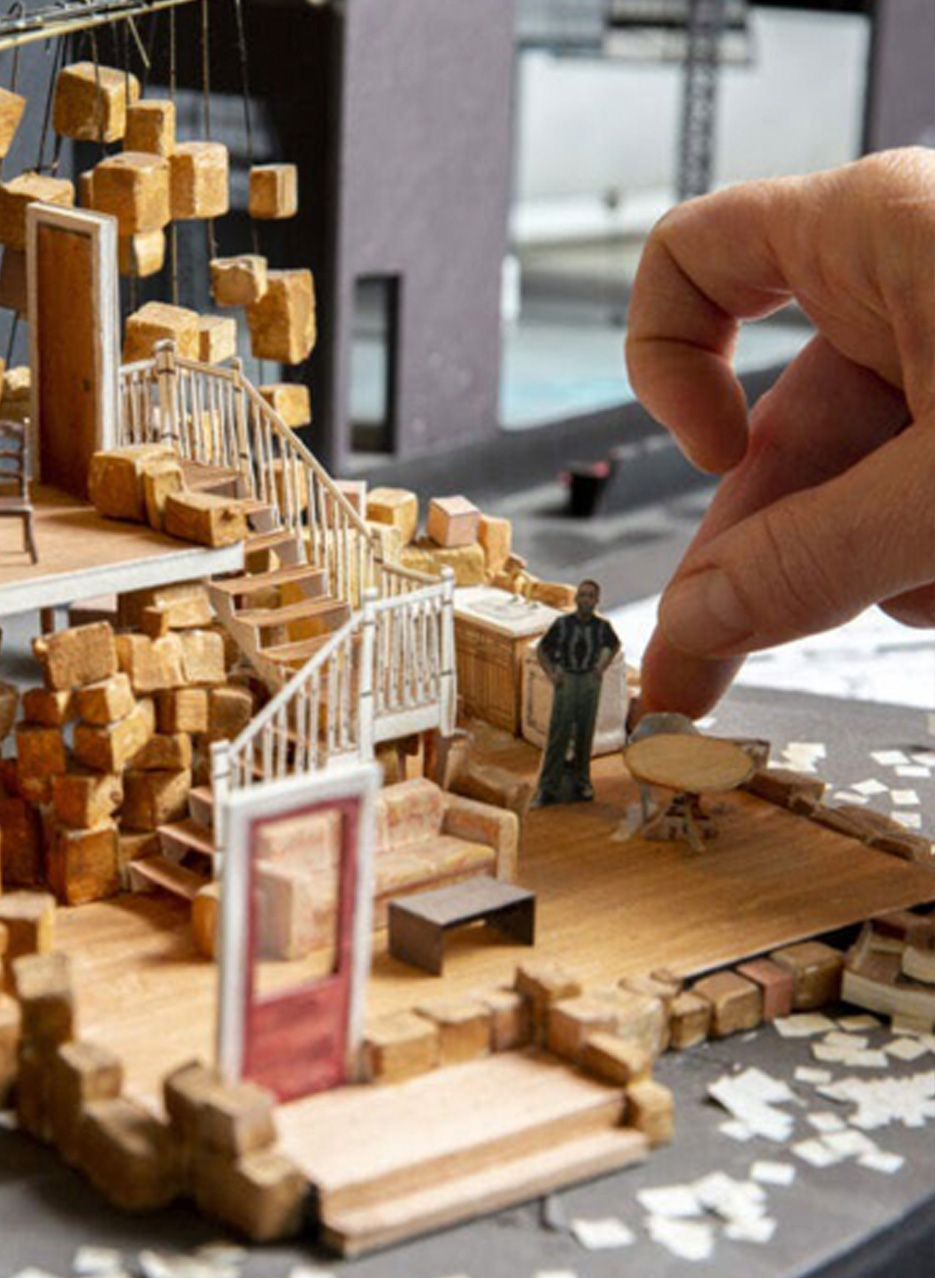
Types of Stages and their impact on Set Design
The type of stage significantly influences set design. Each stage type presents unique challenges and opportunities.
Proscenium Stage
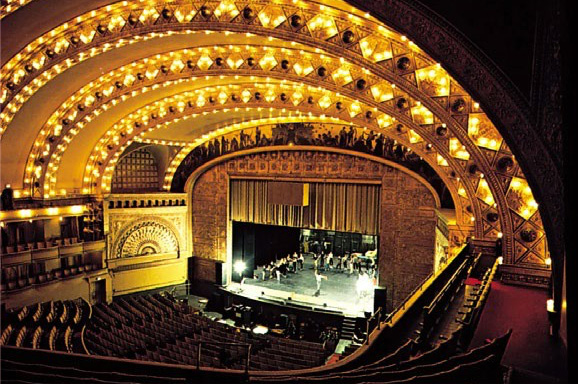
The audience faces the stage from one direction. Set design often emphasises creating a ‘picture’ within the proscenium arch. Allows for elaborate backdrops and hidden mechanisms.
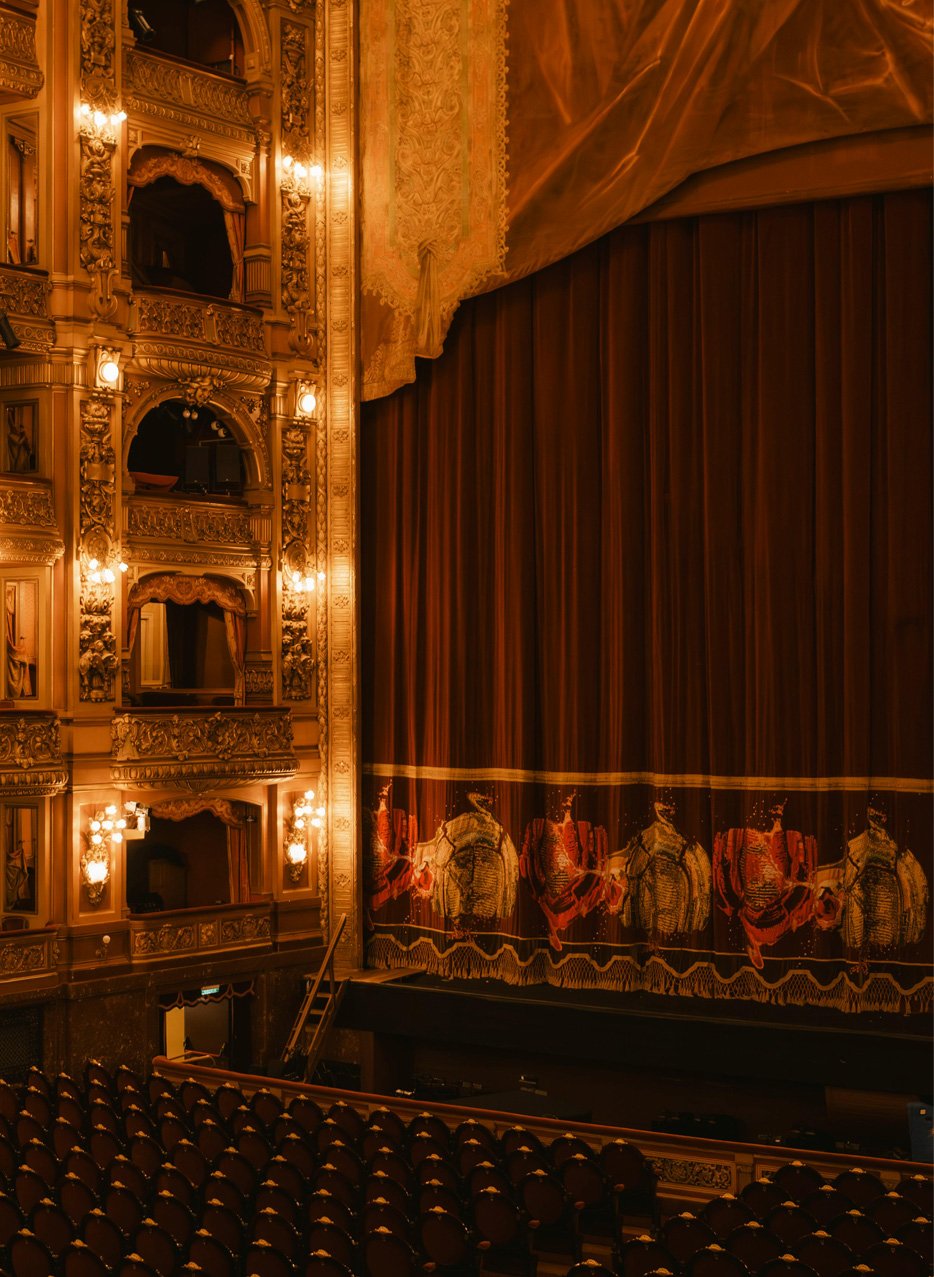
Thrust Stage
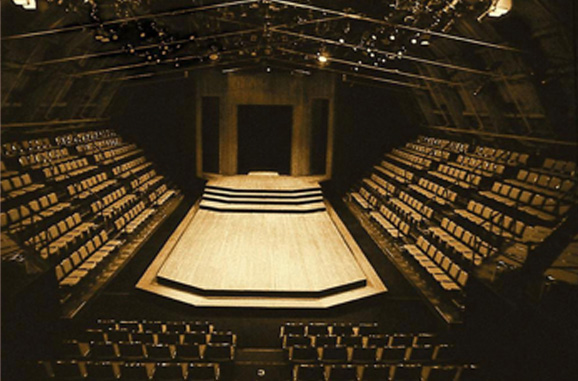
The stage extends into the audience on three sides. Set design must consider multiple viewpoints and avoid obstructing the audience’s view. Often uses minimal set pieces.
Arena Stage
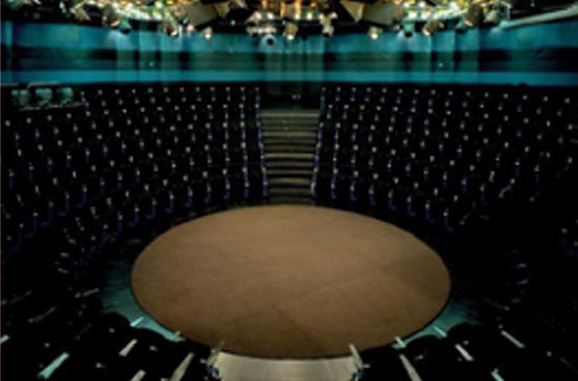
The audience surrounds the stage on all sides. Set design is challenging as there are no backgrounds. Focus is on central set pieces and floor patterns.
Black Box Theatre
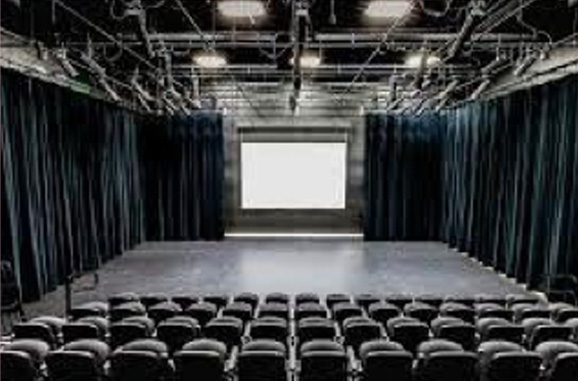
A flexible space that can be configured in various ways. Set design can be adapted to suit the specific production, offering great versatility.
Each stage setup offers its own unique way of connecting performers and audiences, shaping how stories are told and experienced. Whether it’s the grandeur of a proscenium arch or the intimacy of theatre-in-the-round, understanding these different configurations helps deepen our appreciation for the craft and creativity behind every theatrical production.
The Importance of Properties in Stage Design
Properties, or props, are the objects that actors use on stage. They can range from small, hand-held items to larger pieces of furniture.
Props are essential for:
- Creating a sense of realism and grounding the play in a specific time and place.
- Helping to tell the story and reveal character. A specific prop can symbolise a character’s personality or a key plot point.
- Supporting the actors’ performances. Props can give actors something to do with their hands and enhance their physicality.
- Adding visual interest and detail to the stage.
In short, props are far more than just objects – they’re storytelling tools that enhance atmosphere, deepen character, and support the overall vision of the production.
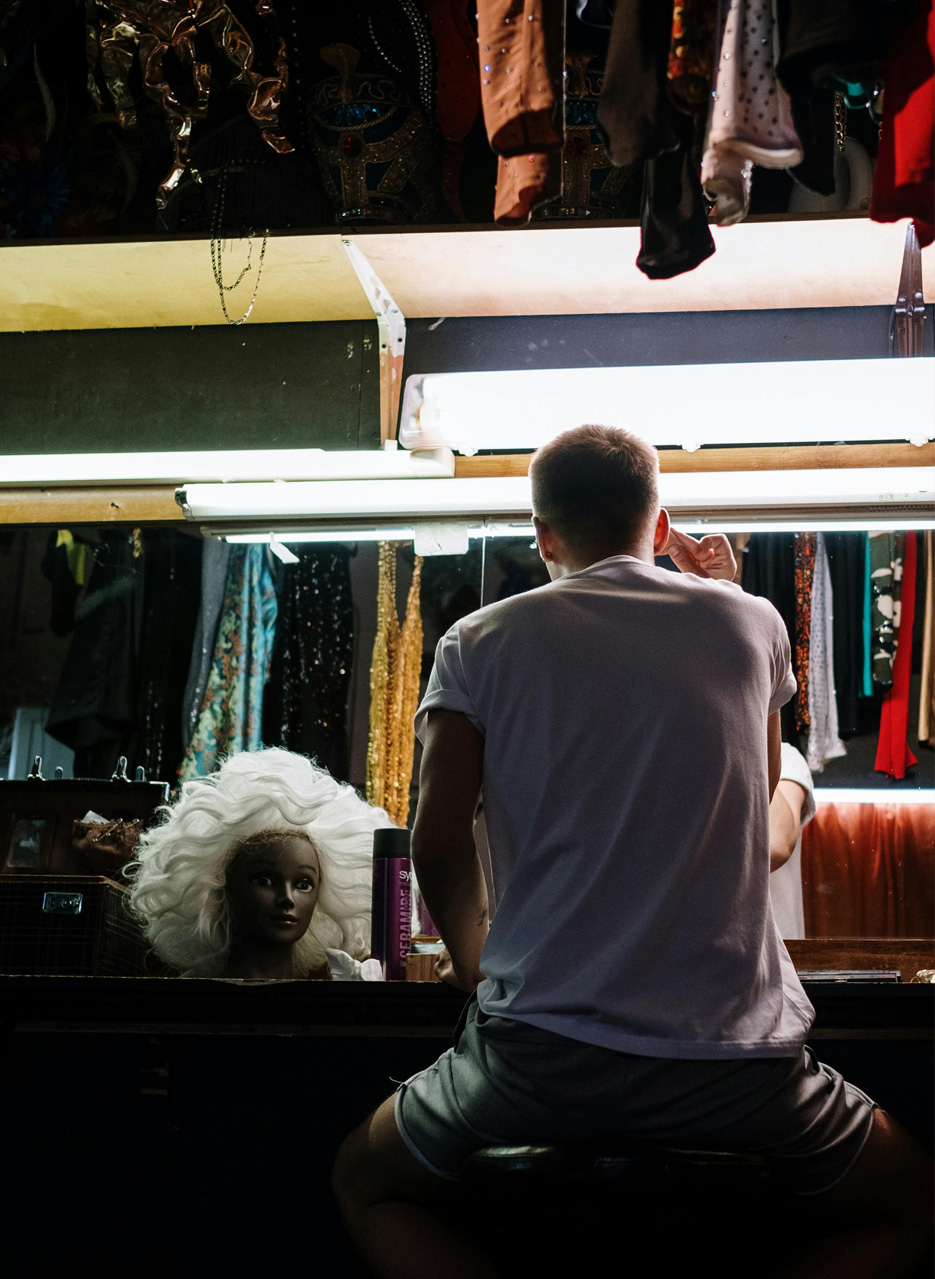
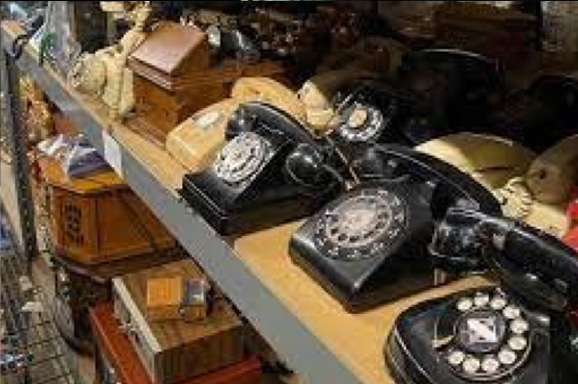
The Role of the Props Master
The props master is responsible for sourcing, building, and maintaining the props used in a production. They work closely with the scenic designer and director.
Their duties include:
- Reading the script and creating a prop list.
- Sourcing props from various sources (purchasing, renting, borrowing, building).
- Constructing or modifying props as needed.
- Maintaining the props in good condition throughout the production.
- Managing the prop budget.
- Ensuring that all props are in the correct place for each performance.
From a simple letter to a complex fake weapon, the prop master ensures each piece is safe, functional, and visually believable.
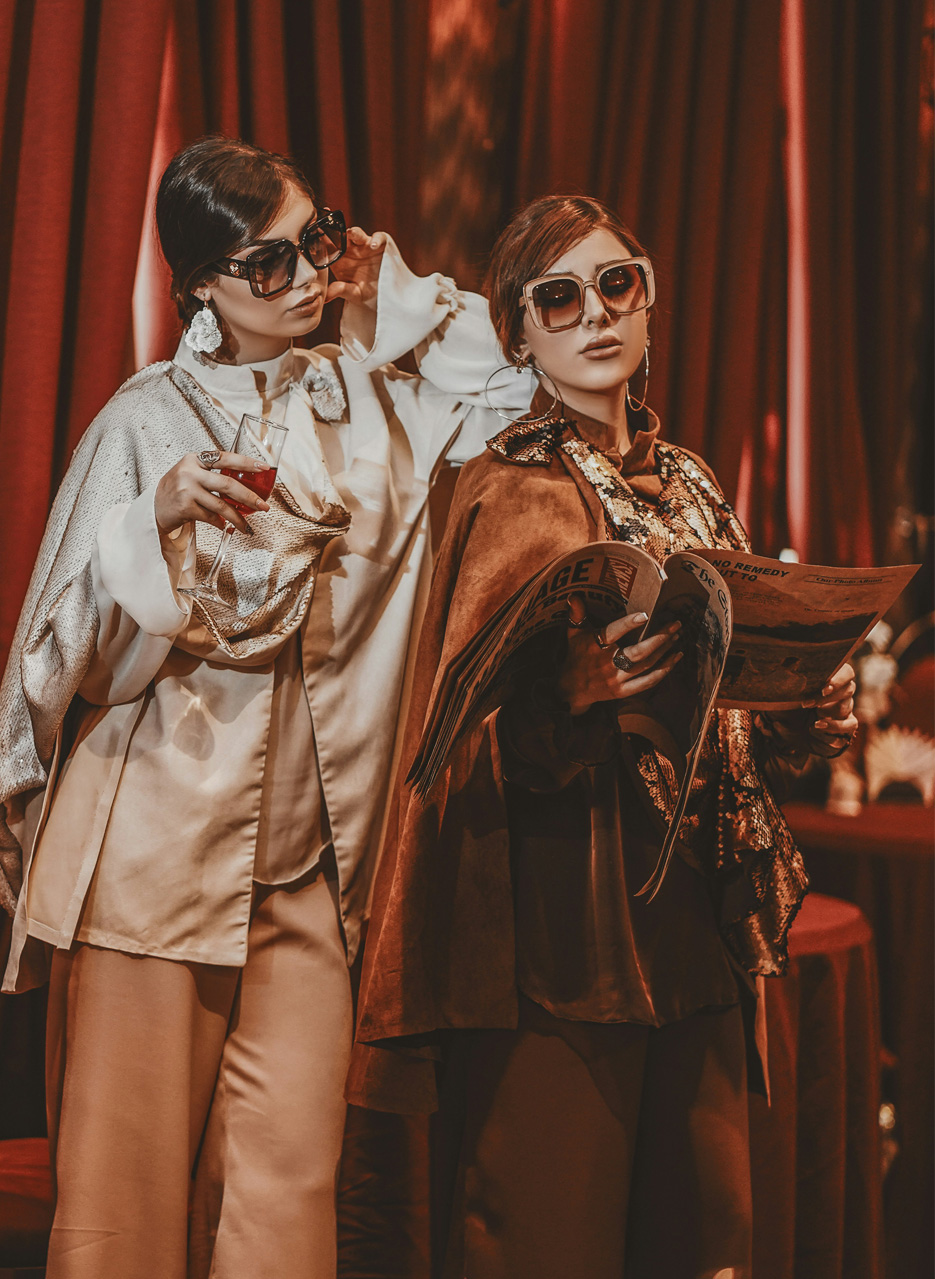
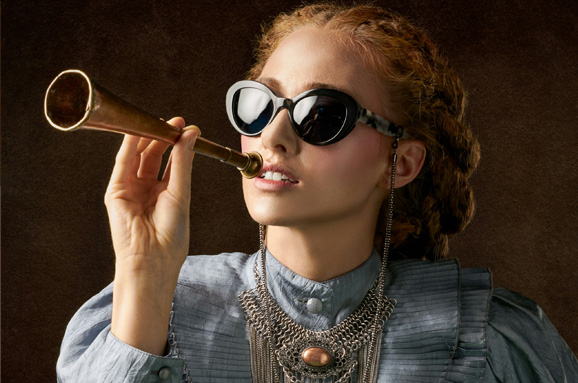
The Design Process
The design process for sets and properties involves
several key stages:
- Script Analysis:
The designer reads the script to understand the play’s setting, time period, and themes, and identifies the necessary sets and props. - Research
The designer researches the historical period, locations, and any specific requirements of the play. This may involve looking at photographs, artwork, and historical documents. - Conceptualisation
The designer develops a design concept, which is the overall vision for the look of the set and props. This concept should support the play’s themes and the director’s interpretation. - Sketches and Models
The designer creates sketches and/or models to visualise the set and props. These may be hand- drawn or computer-generated. - Collaboration
The designer collaborates with the director, other designers (costume, lighting), and the technical director to refine the design and ensure it meets the needs of the production. - Technical Drawings
The designer creates detailed technical drawings that show the dimensions, materials, and construction details of the set and props.
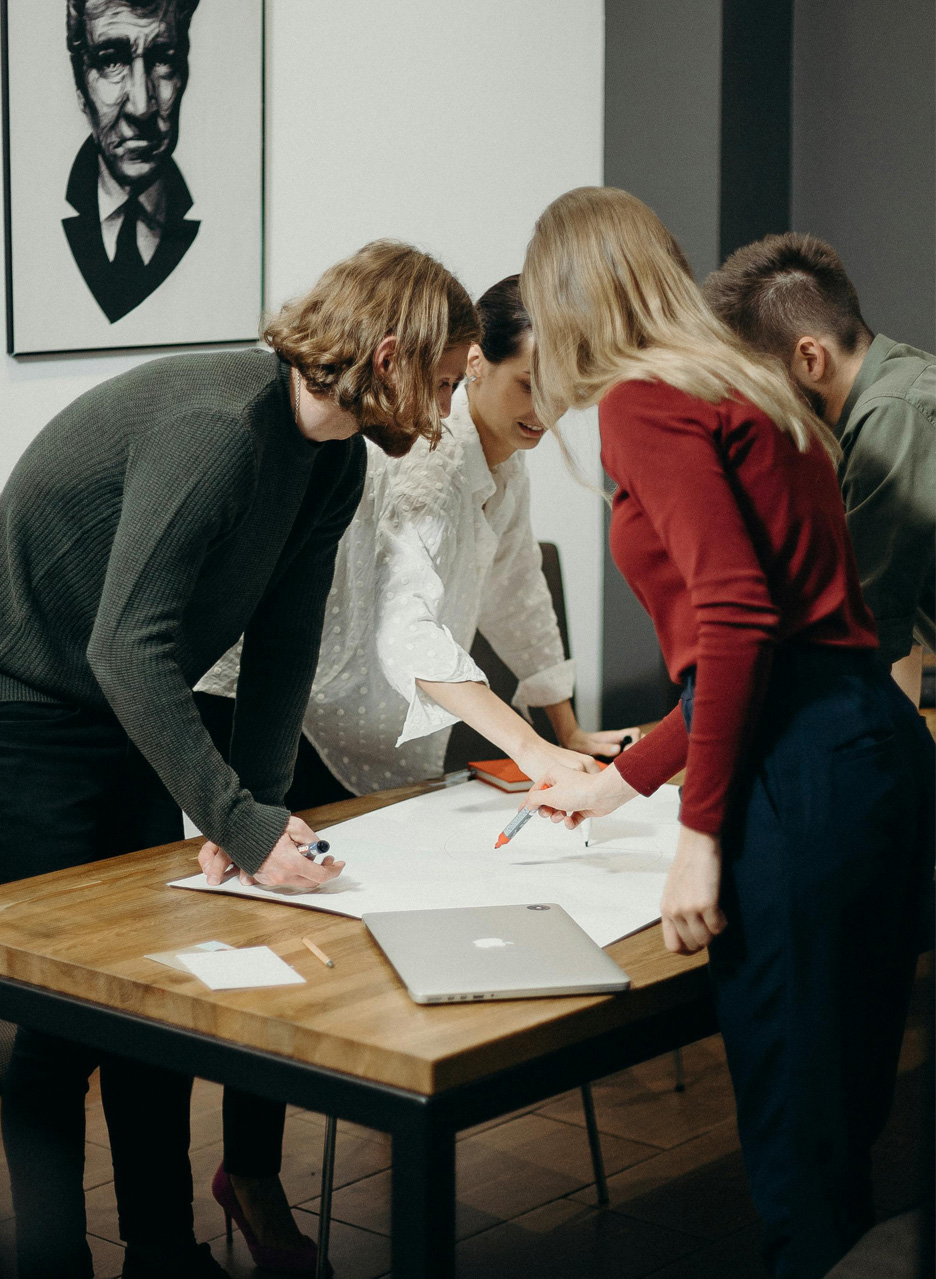
A thoughtful, well-executed set not only supports the story but enhances the audience’s emotional and visual experience, bringing the production to life in unforgettable ways.
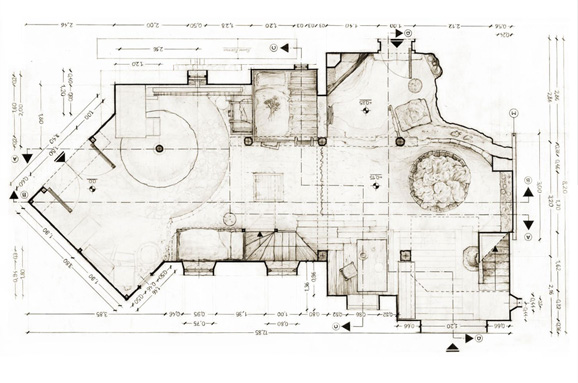
Collaboration
Set and properties design is a highly collaborative process. Effective communication and teamwork are essential. Key collaborators include:
- Director:
Provides the artistic vision and overall concept for the play. - Scenic Designer:
Creates the visual world of the play. - Props Master:
Oversees the technical aspects of the production, including set construction and installation. - Technical Director:
The designer creates sketches and/or models to visualise the set and props. These may be hand- drawn or computer-generated. - Stage Manager:
Coordinates all backstage activity and ensures smooth transitions during the show. - Lighting Designer:
Designs the lighting, which works in conjunction with the set design. - Costume Designer:
Designs the costumes, which also contribute to the overall visual aesthetic.
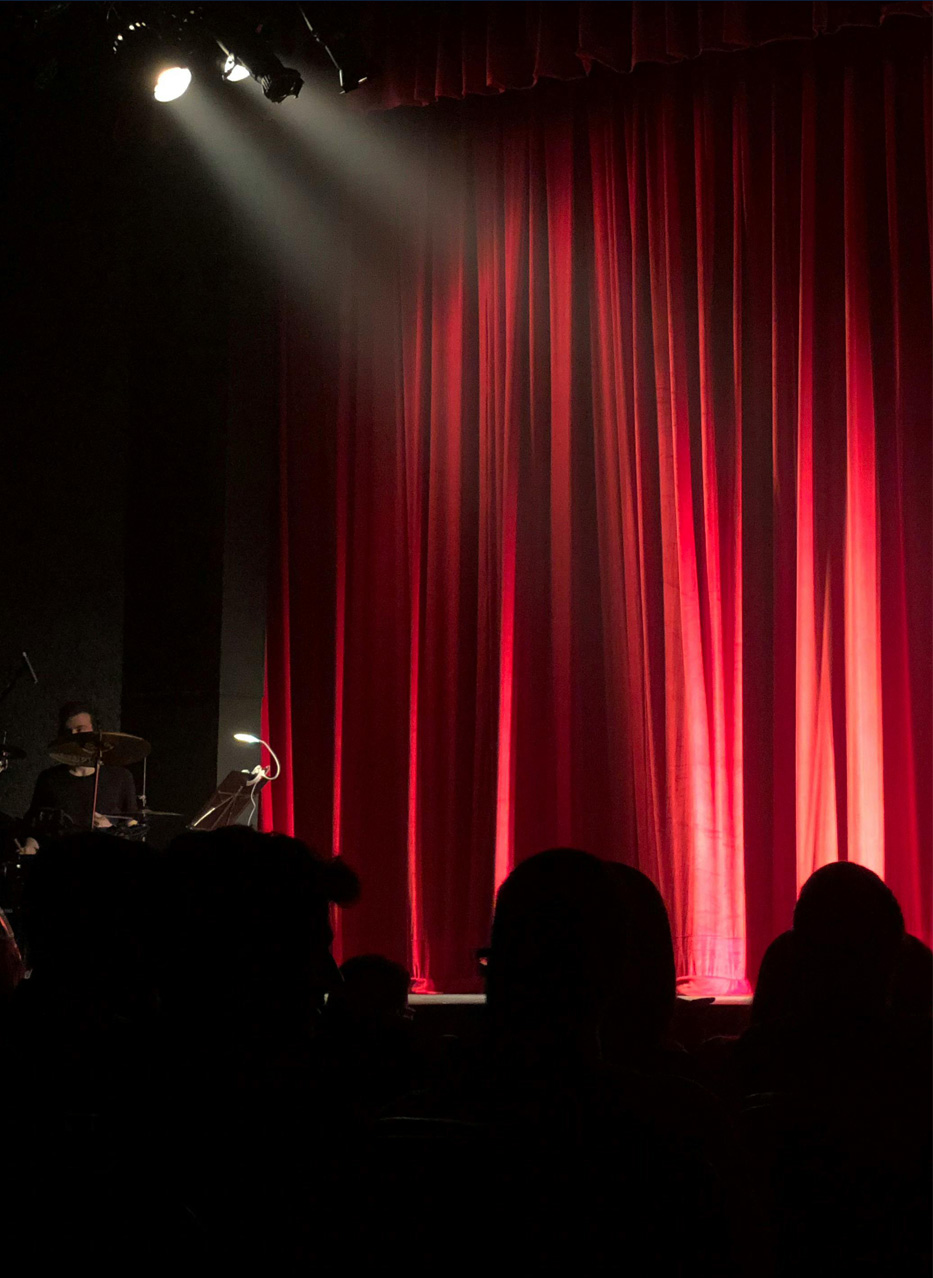
Collaboration allows creativity to flourish while keeping the design grounded in the needs of the performance, making it essential to the success of any theatrical show.

Career Path Questionnaire
This simple questionnaire might help you to identify some career pathways that suit your personal interests and your skills. This questionnaire comes in 2 parts. The first part of this activity is a simple questionnaire.
Using the options in the table below, answer each of the questions by selecting a number in one of the columns, based on the following:
1 = Dislike a lot 2 = Dislike 3 = Don’t Mind 4 = Like 5 = Like a lot
Based on your personal interest and skills, you may be interested in the jobs shown in the highlighted section below.
Creative
& Making
design, props
costume, composing
Roles explored in this course:
- Scenic Designer
- Costume Designer
- Props Master
- Lighting Designer
- Composer
You scored
in this category.
Technical & Show
Operation
Light, sound,
electrical, cues
Roles explored in this course:
- Lighting Technician
- Lighting Programmer
- Production Electrician
- Follow Spot Operator
- Sound Designer
You scored
in this category.
Stage, Sound and
Technical Leadership.
Directing
Coordinating
Roles explored in this course:
- Stage Manager
- Assistant/Deputy Manager
- Production Stage Manager
- Technical Director
- Sound Director
- Lighting Designer for overall vision
You scored
in this category.
Check Your Knowledge
So now you’re well on the way to understanding about Set & Properties Design, answer the multi-choice questions below to see how much you really know.
Good luck!
Well done. You have successfully achieved the pass mark for this course. All the correct answers are now shown.
You haven’t achieved the pass mark on this occasion. Have another go.
You haven’t quite reached the pass mark for this course, but all of the correct answers are now shown. Please study these before moving on, or feel free to go back and look again at any of the pages of this course.

